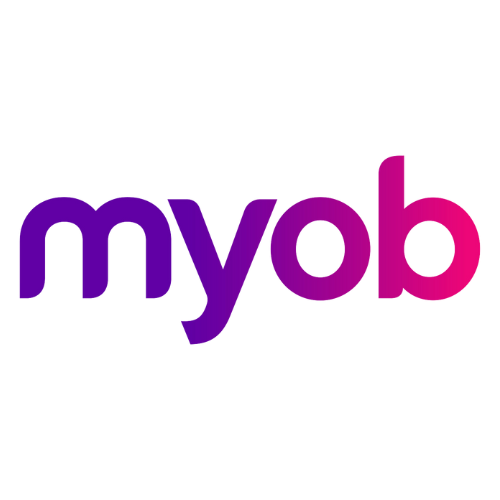Comprehensive & Flexible Plans for You
Service Plans
Enjoy flexible service packages to suit your business needs and budget so you can focus on running your business with peace of mind.
Depending on where you are in your journey right now, we have flexible service plans to cater to your needs and budget at every stage of your business. Check out our service plans below and feel free to contact us for more details or customisations.
Service Plan 1
Perfect for businesses handling fewer than 50 transactions monthly and those seeking foundational services without the need for invoicing.
Plan Details:
- Subscription and support for accounting software (Xero or MYOB)
- Yearly business performance review meeting
- Bank statement alignment and verification
- Access to email and phone assistance
- Timely reminders for income tax dues
- Income Tax return processing and submission
- Crafting of an annual financial plan
- Frequent informative newsletters
- Tax due date reminder services
- End-of-year financial guidance, tax insights, and budgeting tips
Service Plan 2
Designed for small to medium enterprises handling up to 200 transactions monthly, we're here to boost performance and business growth, letting you concentrate on your core strengths.
Incorporates all features from Service Plan 1, with additional offerings:
- Periodic assessment of your digital transactions with performance insights
- Frequent tax and business advisories
- Reporting on outstanding payments & receivables
- Bi-annual business performance evaluations and KPI discussions with a senior partner
- Half-yearly consultations with your accountant for business assessments
- Comprehensive management of company and trust affairs
Service Plan 3
If scaling up your enterprise is your aim, Service Plan 3 is tailored just for you. Benefit from our consistent advice and insights to facilitate your business growth.
Building on the foundations of Service Plan 1 and 2, Service Plan 3 further offers:
- Oversight of cash flow and budget dynamics
- Monthly business evaluations
- Detailed financial reports each month
- Monthly performance snapshot
- Monthly revenue analyses
- Tax planning insights every month
- Regular monthly sessions focusing on business advice and key performance indicators
Rental Plan
For dedicated property investors, our Rental Service Plan saves you time, ensuring your investments are optimized for tax benefits and fully aligned with property tax regulations.
Plan Details:
- Comprehensive year-end financial reports
- Annual tax return drafting and submission
- End-of-year financial insights, tax, and budget recommendations
- Management of ATO requirements
- Reminders for tax payment schedules
- Included software subscription
- Regular updates through Business Newsletters
- End-of-year Income Statement
- Complete annual financial documentation
- Precision in preparing and filing income tax returns
- Top-tier accounting software provision
- Accessible email and phone assistance
- Timely notifications on tax and business updates


